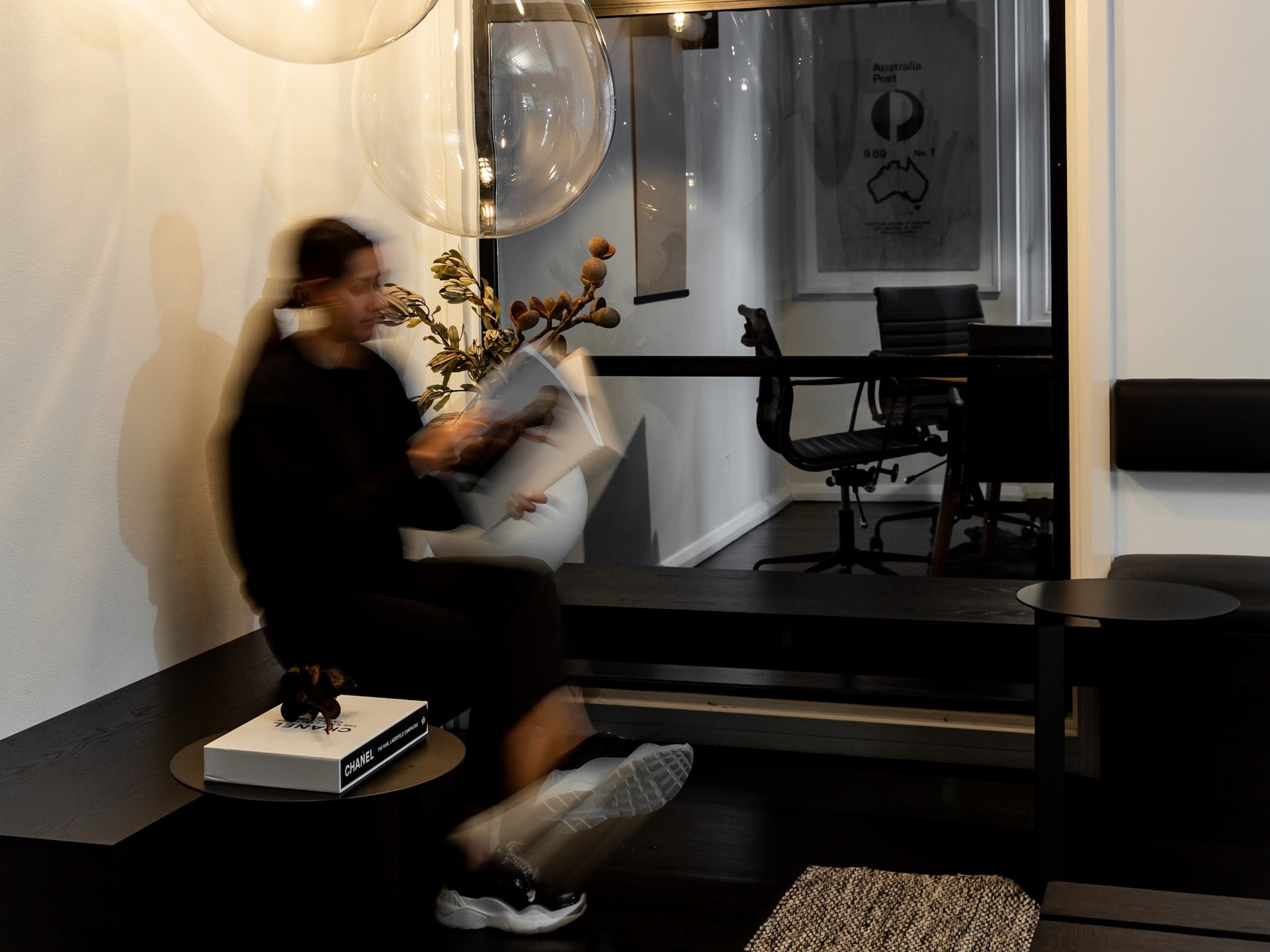Insights from Joe Gerber: How to prototype a business
Prototypes are one of the most important steps in the design process. Can prototyping also be applied to the business design process?
A prototype is a first or preliminary version of a design from which other forms are developed. The goal of a prototype is to test products and ideas before investing too much time and money into the final product. We use prototypes in creating and refining products and services. Can we also use them to create and refine businesses?
Prototyping helps you quickly and cheaply explore possible alternatives to assess their feasibility, desirability and viability and it’s a practice the business world can benefit from. In IDEO’s Creative Confidence series they chatted with IDEO CoLab Co-Managing Director Joe Gerber about business prototyping. We sum up what Gerber had to say:
Question desirability, viability, and feasibility
Start by asking the right questions.
The elements of a business can’t be tested in isolation because all the elements, such as value proposition, pricing, financial model and so on, have to work in harmony for a business to succeed. Therefore, how these different pieces work together needs to be tested. Gerber uses desirability, feasibility and viability to guide the questions they’re going to test.
Desirability: What’s the unique value proposition? Do people want this product or service? Does it make sense for them?
Viability: Can we build a sustainable business? What has to be true for this business to work? What are the costs? How will you pay for it?
Feasibility: Does this work? Is it functionally possible in the foreseeable future?
https://www.ideou.com/blogs/inspiration/how-to-prototype-a-new-business
Prioritise your assumptions to assess what needs to be true for your business to be desirable, viable and feasible.
Launch and learn
Design an experiment to test your assumptions with real-time customers.
You can test your assumptions by introducing a minimal viable product to the market and evaluating how customers respond. Learn from the results and continue to refine it over time.
Gerber gives the example of online pharmacy PillPackthat delivers daily prescriptions in easy-to-use packages. IDEO wanted to test pricing and value propositions and created a branded kiosk in a local mall where the CEO could converse with potential customers. This live prototyping allowed the team to learn directly from prospective customers through conversations, follow-up questions and real-time feedback about the business. Gerber calls this a “lemonade stand” prototype.
When compared with online prototyping, in which you can see and track a customer’s behaviour, the “lemonade stand” prototype allows you to ask questions about behaviour and to understand customers motivations, needs and wants. “It’s you and the customer,” Gerber explained.
Listen to Joe Gerber speak about prototyping a new business here: https://www.ideou.com/blogs/inspiration/how-to-prototype-a-new-business



